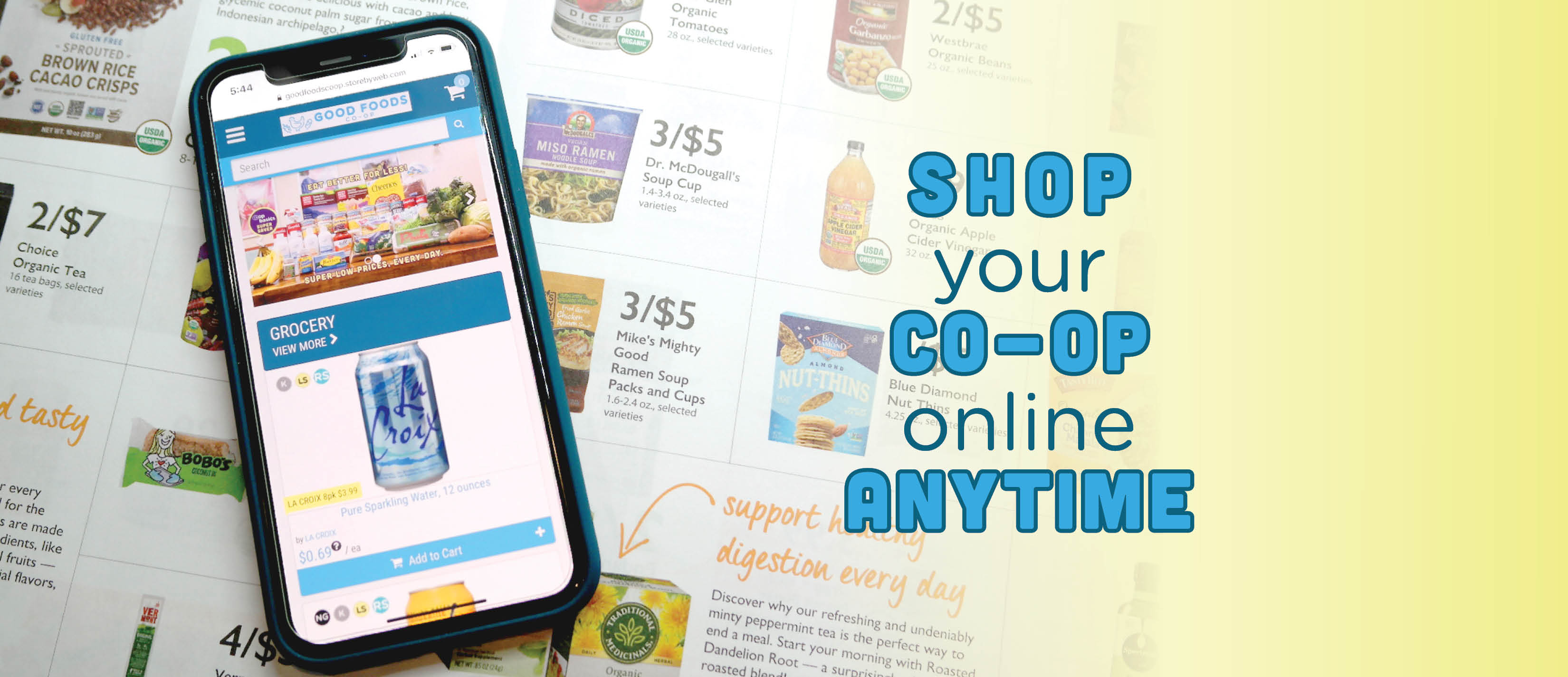
This post was written by guest blogger, future dietitian, zero-waste warrior and amazing Instagrammer (if you’re into food photos), Brandon Pearson.
In a sea of diet trends, the low-FODMAP diet is starting to make headlines here in the United States as a treatment for IBS, or Irritable Bowel Syndrome. The diet was originally developed at Monash University in Australia for those struggling with gas, bloating, nausea, diarrhea or constipation. My attempt at the low-FODMAP diet, after years of living with IBS, sparked a healing journey that has led me back to school to become a Registered Dietitian.
So what the artichoke are FODMAPs?
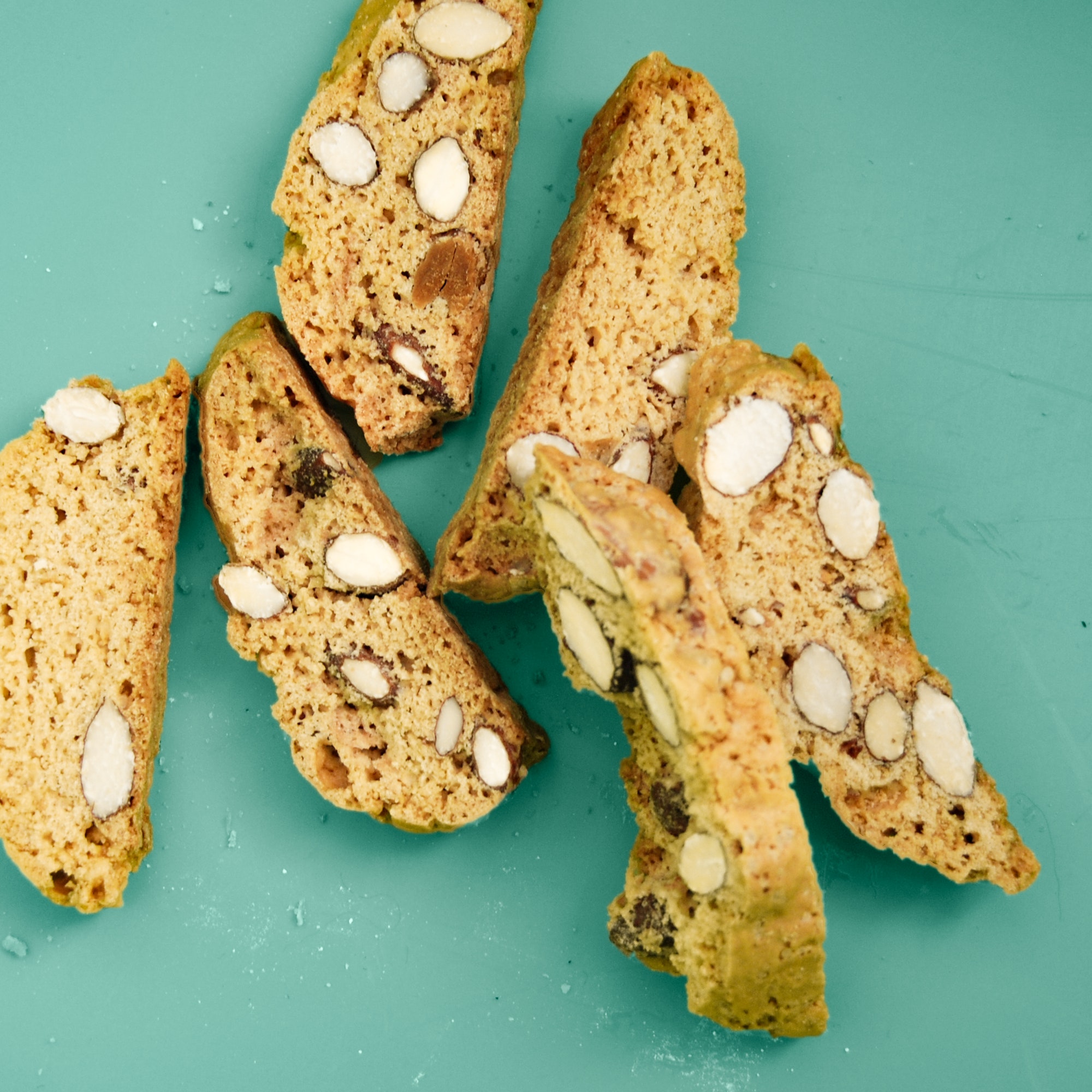
The acronym stands for Fermentable Oligosaccharides, Disaccharides, Monosaccharides, and Polyols. These are short-chain carbohydrates, or sugars, that are poorly absorbed in our small intestine and fermented.
Examples of FODMAPs:
Oligosaccharides: Fructans and galactooligosaccharides. These are present in foods like wheat, rye, onions, garlic, and legumes.
Disaccharides: Lactose. This can be found in milk and milk products.
Monosaccharides: Fructose. This can be found in fruits, honey, and high fructose corn syrup.
Polyols, sugar alcohols: Sorbitol, mannitol, xylitol, etc. These can be found in fruits and vegetables such as cauliflower and sweet potatoes as well as artificial sweeteners.
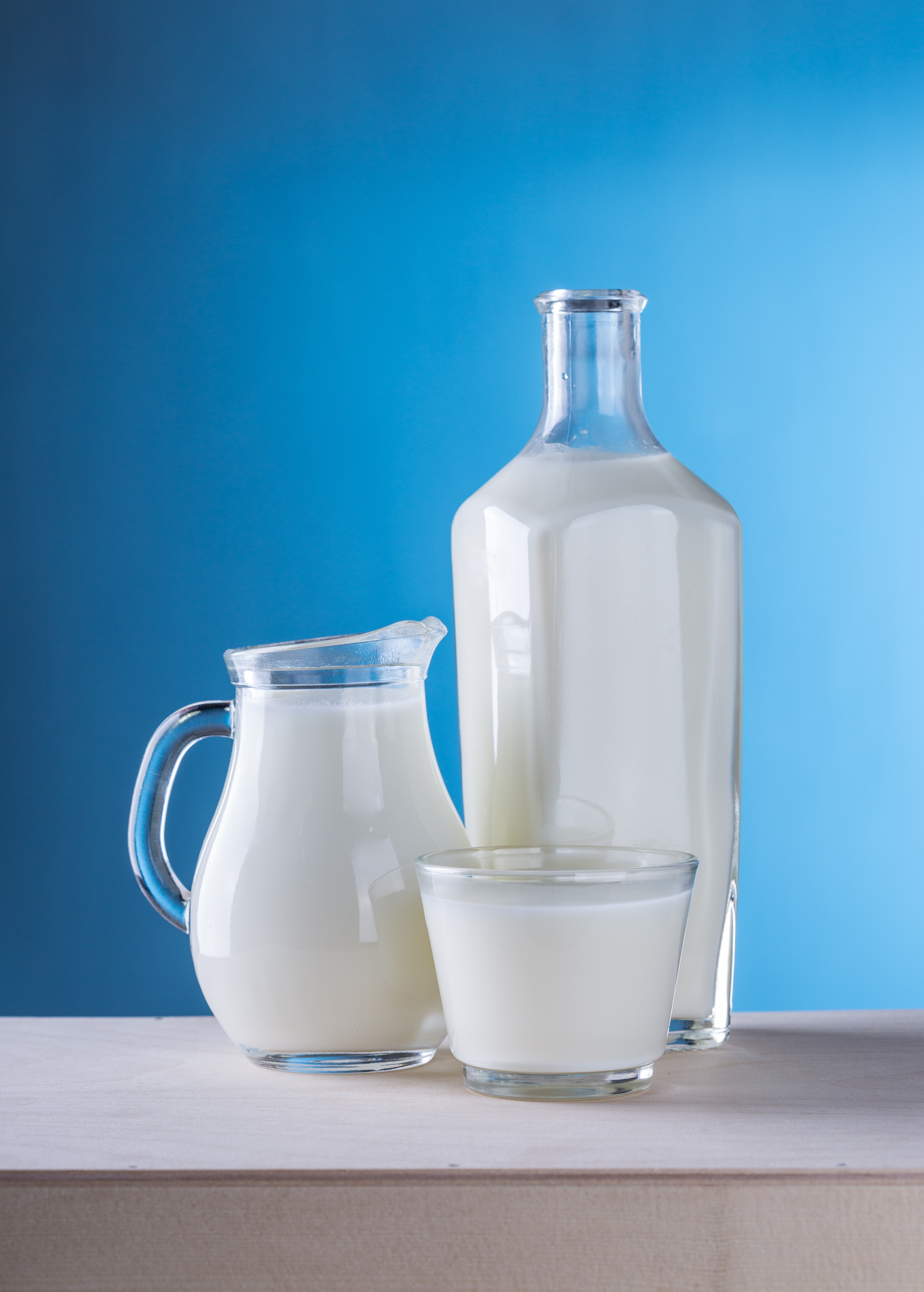
This elimination diet consists of three phases; Elimination, Reintroduction, and Personalization. FODMAPs are restricted to provide IBS symptom relief for 2-6 weeks. Then, they are added back systematically during a reintroduction phase that lasts about 8-12 weeks. The goal is to find out what triggers your GI discomfort so you can find some relief. Ultimately, you want to add most of the foods back in as your gut heals and settle into more of a lifestyle than a restricted diet.
My Journey
My IBS became a part of my life during my last semester of college; a time when I was under immense stress. I had blood tests done, x-rays, and was prescribed Proton Pump Inhibitors like Omeprazole when I sought medical advice. However, my physicians didn’t have a real answer for why I was having these symptoms. I attempted to lower my fat and fried food intake, believing just my gallbladder was inflamed, but still found myself symptomatic.
Last March, after struggling for years with stomach pains, chronic nausea, and diarrhea, I was frustrated with feeling helpless. When I heard about the low-FODMAP diet, I jumped at the opportunity to try something new. I downloaded the Monash University FODMAP diet app and began prepping a grocery list to start the elimination phase.
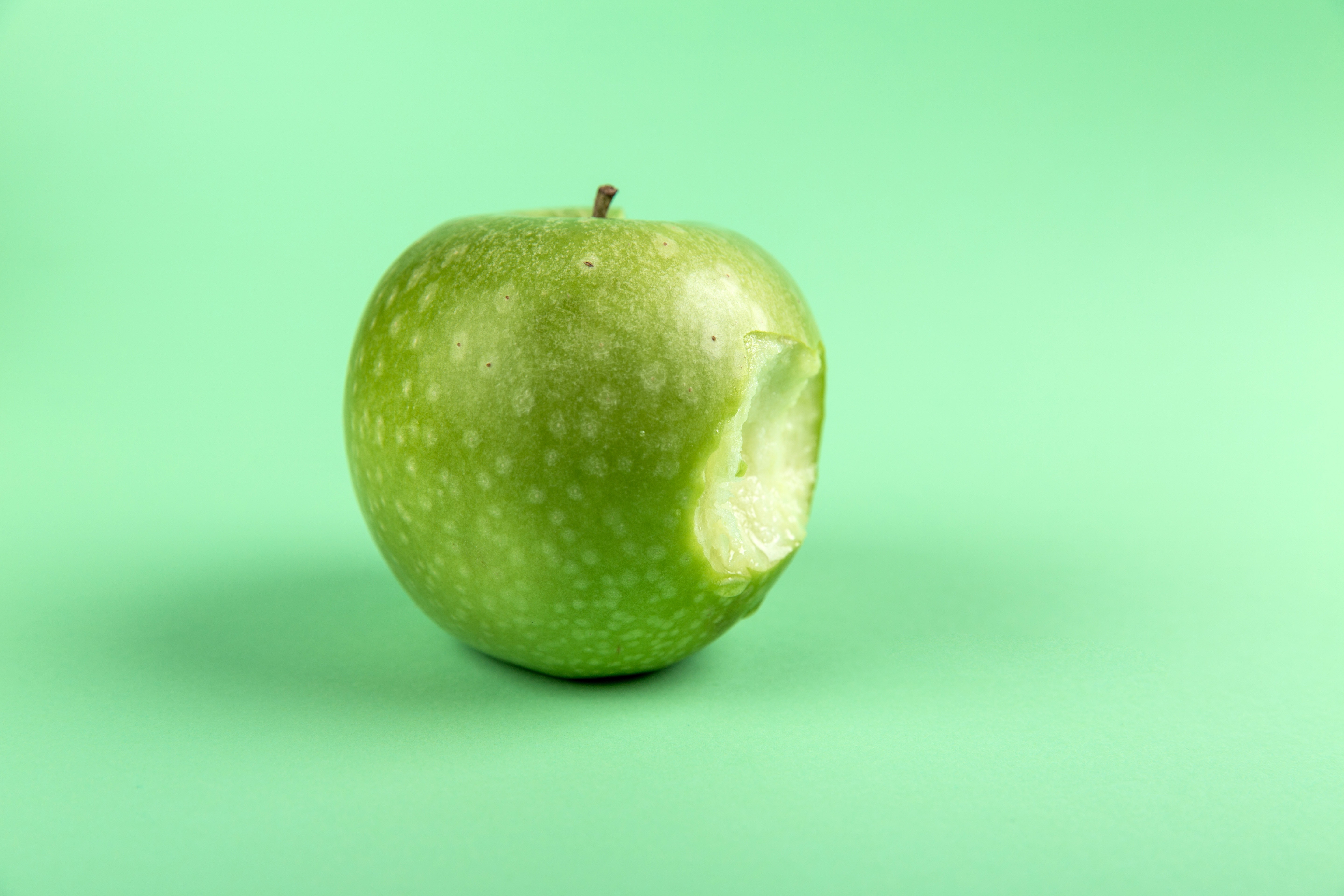
It’s been a year since I started the low FODMAP diet and took control of my IBS symptoms. Here’s what I learned:
-
- Ultimately, the low-FODMAP diet resulted in the reduction of processed foods, refined carbohydrates and dairy in my diet. I never finished the reintroduction phase but knew through the elimination phase which foods were providing the most relief in smaller quantities.
- FODMAPS are prebiotics, which feed the good bacteria in your gut. Generally, you want to incorporate as many as possible back into your diet. I use less garlic and onion when cooking at home, as these seem to trigger my bloating. However, I do not entirely avoid these foods.
- For those suffering silently with digestive complications, you are not alone! I found an online community through the launch of a food Instagram and the social aspect of changing my diet was immensely helpful.
- The low-FODMAP diet is not a long-term solution, and management of digestive symptoms should always start with a discussion with a Registered Dietitian to set up an individualized plan.
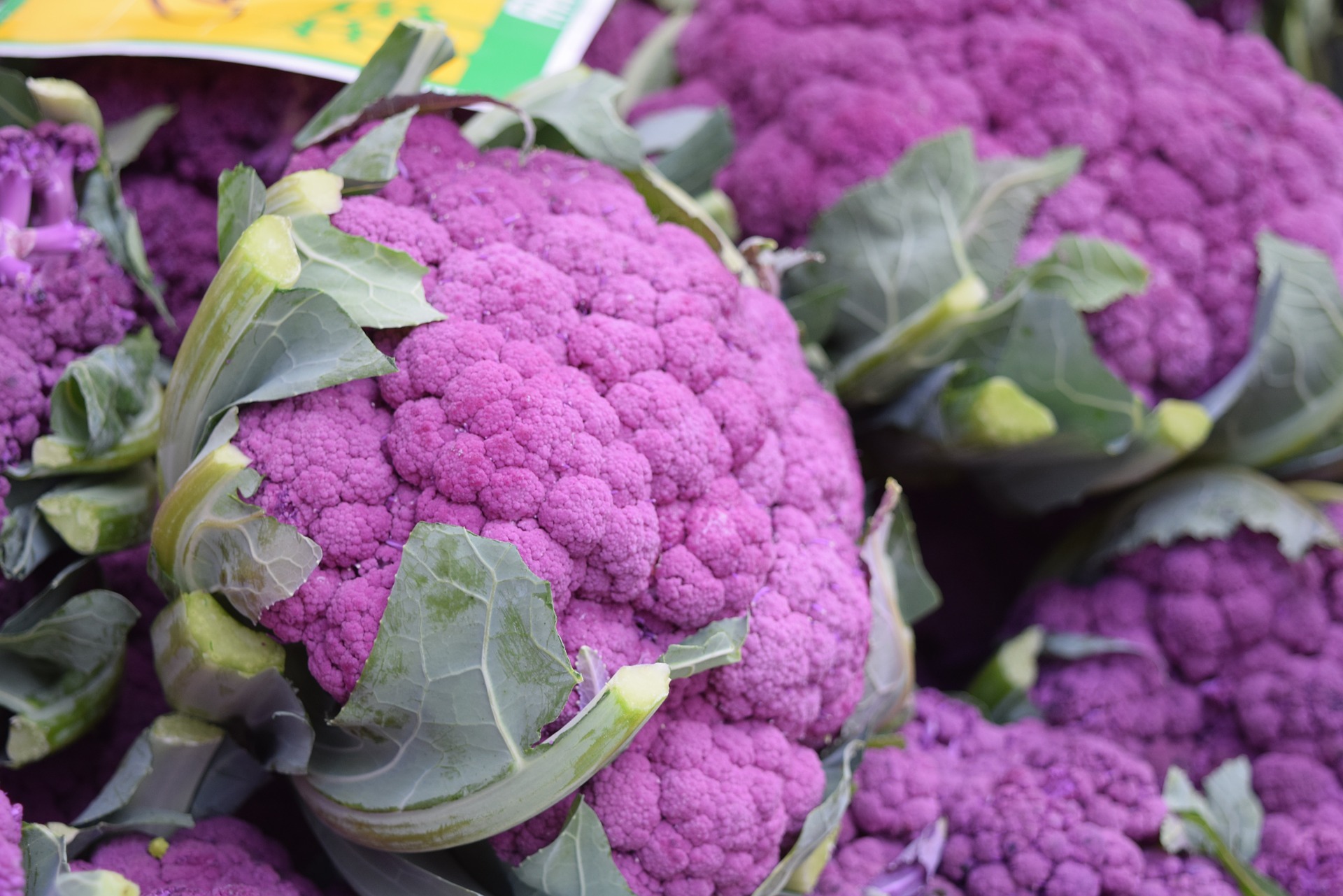
I now live a more plant-based lifestyle with minimal amounts of meat, dairy and processed foods as a result of learning about the low FODMAP diet. Over the last year, nutrition has had a ripple effect, and I have seen improvements in my mental health as well as physical.
I am currently back at the University of Kentucky, completing my pre-requisites for the Didactic Program in Dietetics, so I can obtain my license and help others find digestive wellness. Head over to my Instagram, @fod_for_thought, to see some of my journey and ask me any questions! If you have experienced difficult or embarrassing digestive symptoms, it is never too late to take your health into your own hands.
If you’d like to schedule an appointment to talk to Good Foods’ store dietitian, Kathryn, to discuss this or any other topic you may have, you can email her at kathrynd@goodfoods.coop.
References:
https://www.monashfodmap.com/about-fodmap-and-ibs/
Scarlata, K. (2018). FODMAPs: Overview of the Emerging Science – Today’s Dietitian Magazine. [online] Todaysdietitian.com. Available at: https://www.todaysdietitian.com/newarchives/0518p14.shtml [Accessed 1 Mar. 2019]
